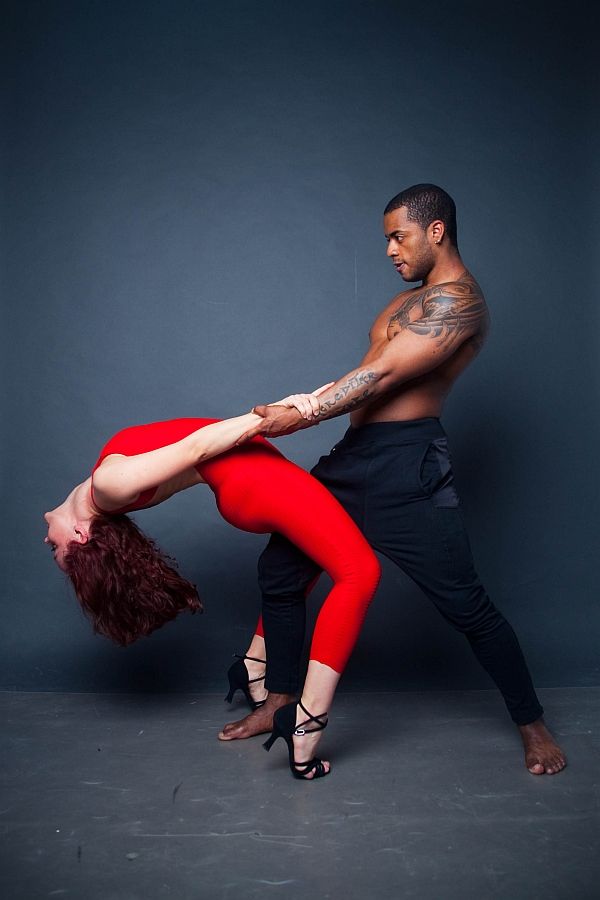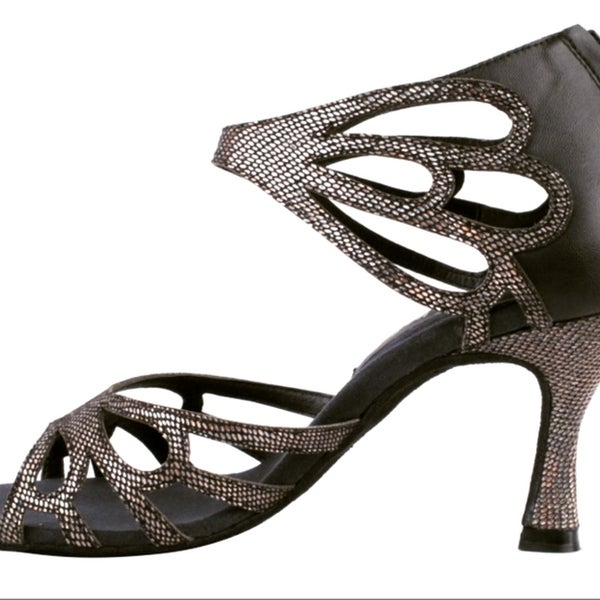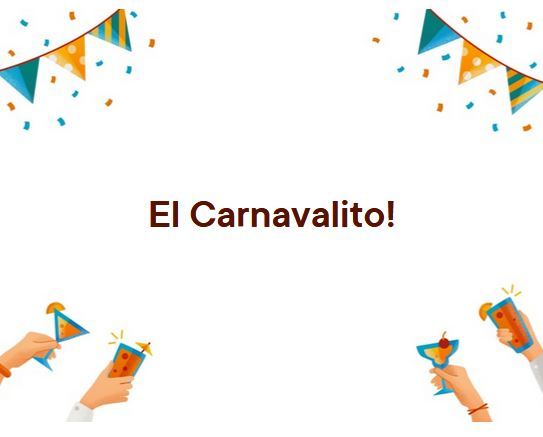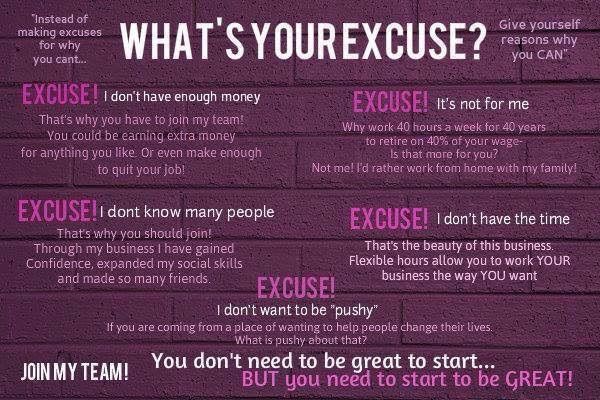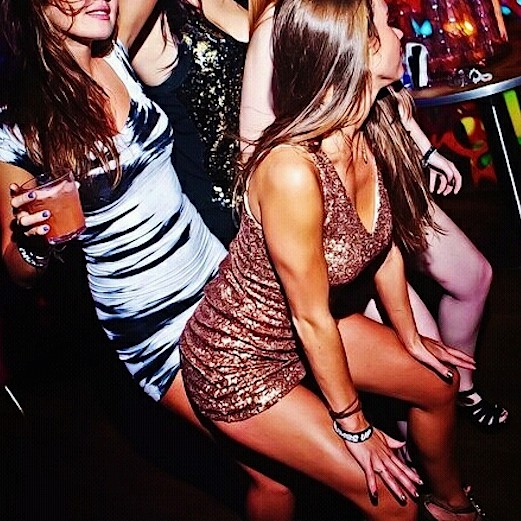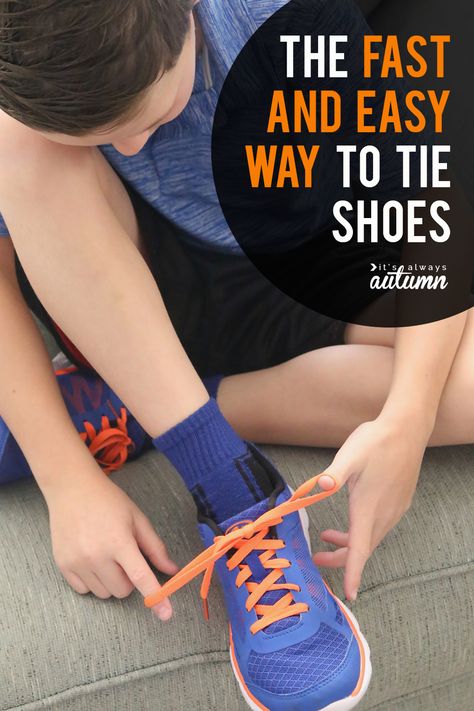How to scissor dance
Scissors Dance Workshop
Scissors Dance Workshop
TThe SCISSORS DANCE is an ancient manifestation, in which art is closely linked to the cult of the Andean gods. Its origins can be traced back to the times of the Spanish conquest, where the conquerors imposed a new religion, and, as a response, the indigenous peoples organized a clandestine action, that it is called TAKI ONQOY, or the singing illness. From then on the Danzaq have continue developing this dance. It is said that they have a pact with the devil. Ultimately, the devil stands for these gods repressed by the conquest.
This workshop aims to approach the knowledge of this dance from all sides; teaching its movements as well as its performative, magical and political sides linked to its veneration of the Andean gods.
Tuesday 9th
Introduction, the dance' s historical frame, ambit of development.
- Video.
- Learning exercises: the scissors' touch, steps of initiation.
Wednesday 10th
- Presentation "The actor who dances"
- Warm up exercises
- The evolution of the movements of the dance.
- APUS' s payment ritual.
- ATIPANAKUY, contrapunto between the participants.
Biography
Yuyachkani is a quechua word meaning Ï am thinking", "I am remembering." Yuyachkani has dedicated to theatrical activities since 1971. The most fundamental feature of the group's experience is to claim for a theater of creation which feeds itself from dance, music, traditions, masks, signs and elements of the Peruvian culture. They have produced 25 spectacles which aims at thinking Peru in theatrical terms. At present, Yuyachkani has opened a space called CEXES - Centro de experimentacion escenica (Center for theatrical experimentation). For the past few years, Yuyachkani has traveled throughout Peru, presenting their spectacles, teaching and getting to know the life and customs of the Peruvian villages.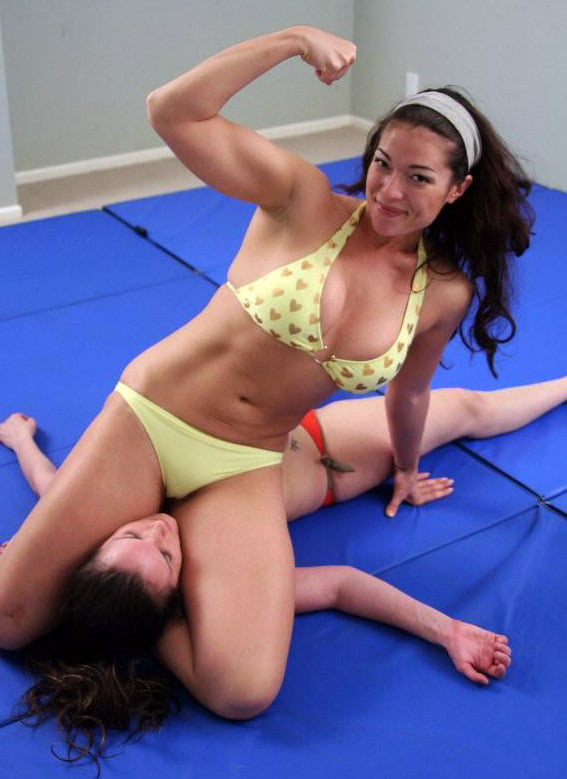 Yuyachkani has always been present at events for education and International Theater Festivals in Latin America, U.S., and Europe. Nuestra Casa-Teatro is permanently open to the community aiming at encouraging experimentation and promoting cultural and multidisciplinary artistic expressions. The Nuestra Casa consists of a permanent workshop for research and construction of masks, a library with texts on theater and Peruvian and world cultures, two show rooms, a video library and an area for publications about Yuyachkani's own experiences and other groups alike. With the occupancy of 250 seats, Nuestra Sala Teatral is used for several purposes where they present their works as well as other theater, dance and music groups from Peru, Latin America, Europe and Asia.
Yuyachkani has always been present at events for education and International Theater Festivals in Latin America, U.S., and Europe. Nuestra Casa-Teatro is permanently open to the community aiming at encouraging experimentation and promoting cultural and multidisciplinary artistic expressions. The Nuestra Casa consists of a permanent workshop for research and construction of masks, a library with texts on theater and Peruvian and world cultures, two show rooms, a video library and an area for publications about Yuyachkani's own experiences and other groups alike. With the occupancy of 250 seats, Nuestra Sala Teatral is used for several purposes where they present their works as well as other theater, dance and music groups from Peru, Latin America, Europe and Asia.
Meet the Men Who Literally Dance With Scissors
Please be respectful of copyright. Unauthorized use is prohibited.
Please be respectful of copyright. Unauthorized use is prohibited.
Unauthorized use is prohibited.
Please be respectful of copyright. Unauthorized use is prohibited.
Please be respectful of copyright. Unauthorized use is prohibited.
1 / 4
1 / 4
<p>During the <i>Danza de las Tijeras</i>, dancers not only compete with their acrobatic moves, but also with glass-eating, walking on fire, or sticking wires into their body.</p>
During the Danza de las Tijeras, dancers not only compete with their acrobatic moves, but also with glass-eating, walking on fire, or sticking wires into their body.
Photograph by MARIANA BAZO, Reuters/Newscom
For more than 500 years, the heart-stopping clanging of the Danza de Tijeras has echoed throughout the Andean mountains.
Named for the pair of iron rods each dancer wields in his right hand, the scissors dance is traditionally performed by men from Quechua villages in south-central Peru. The ritual is a form of prayer celebrating the Andean divinities tied to nature, like the sun (Inti) and moon (Quilla).
Joined by a violinist and harpist, the dancer forms a cuadrilla, or team, to represent their community in a duel. Two or more cuadrillas compete through a series of acrobatics, step-dancing, aerial jumps, and choreographed moves in synchrony with the musicians–all whilst sounding the oversized scissors.
The competition, which can last up to 10 hours, assesses physical ability, instrument quality, and musician expertise to determine the winner. Because the rhythm and tempo of the music is constantly changing, no two dances are identical.
Scissor dancers wear ornate, multicolored costumes that incorporate elements of nature on it in honor of the spirits they're worshiping with their peformance.
Photograph by ENRIQUE CASTRO-MENDIVIL, Reuters/Newscom
Please be respectful of copyright. Unauthorized use is prohibited.
Perhaps most striking are the dancers elaborate outfits, embellished with golden fringes, multicolored sequins, and small mirrors. The dancers themselves craft the 33-pound costumes and embroider their spirit names and various elements of nature into the fabric. Their large, intricately decorated headdresses shield the upper half of their face from observers, adding a quality of otherworldliness.
The dancers themselves craft the 33-pound costumes and embroider their spirit names and various elements of nature into the fabric. Their large, intricately decorated headdresses shield the upper half of their face from observers, adding a quality of otherworldliness.
Even though the dancers start training as children, it takes years to master the physically demanding choreography. As a rite of passage, the young Quechuas—claiming to be the children of Wamanis, or mountain spirits—receive a name associated with one of the spirits so they can dance under their protection. This physical and spiritual knowledge is passed from master to student in each Quechua community to ensure the livelihood of the extraordinary dance generation after generation. In 2010, the scissors dance was added to the UNESCO List of the Intangible Cultural Heritage of Humanity.
The origin of the dance is uncertain, however some believe it was created in reaction against colonialism and the repression of indigenous ideals. During the 1500s, the dancers were persecuted by Christians because the dance was believed to be a manifestation of dark magic. The performers were considered supaypa guagua–sons of the devil–who refused to dispel their ancient practices and made a pact with the devil to get such abilities. Though the dance is now accepted and performed at Christian celebrations, dancers are forbidden to enter a church while in costume to this day.
During the 1500s, the dancers were persecuted by Christians because the dance was believed to be a manifestation of dark magic. The performers were considered supaypa guagua–sons of the devil–who refused to dispel their ancient practices and made a pact with the devil to get such abilities. Though the dance is now accepted and performed at Christian celebrations, dancers are forbidden to enter a church while in costume to this day.
Read This Next
The story behind 9 of the photos from our Pictures of the Year
- Photography
- 2022 in Review
The story behind 9 of the photos from our Pictures of the Year
Out of millions of images, just 49 were selected as the best photos of the year. Our photo editors give a glimpse behind the scenes of 9 images included in our 2022 Pictures of the Year annual special issue.
Subscriber Exclusive Content
Why are people so dang obsessed with Mars?
How viruses shape our world
The era of greyhound racing in the U.
 S. is coming to an end
S. is coming to an endSee how people have imagined life on Mars through history
See how NASA’s new Mars rover will explore the red planet
Why are people so dang obsessed with Mars?
How viruses shape our world
The era of greyhound racing in the U.S. is coming to an end
See how people have imagined life on Mars through history
See how NASA’s new Mars rover will explore the red planet
Why are people so dang obsessed with Mars?
How viruses shape our world
The era of greyhound racing in the U.S. is coming to an end
See how people have imagined life on Mars through history
See how NASA’s new Mars rover will explore the red planet
See More
How to learn to dance shuffle - Lifehacker
December 15, 2019LikbezSports and Fitness
Master the basic movements, and then improvise and get high.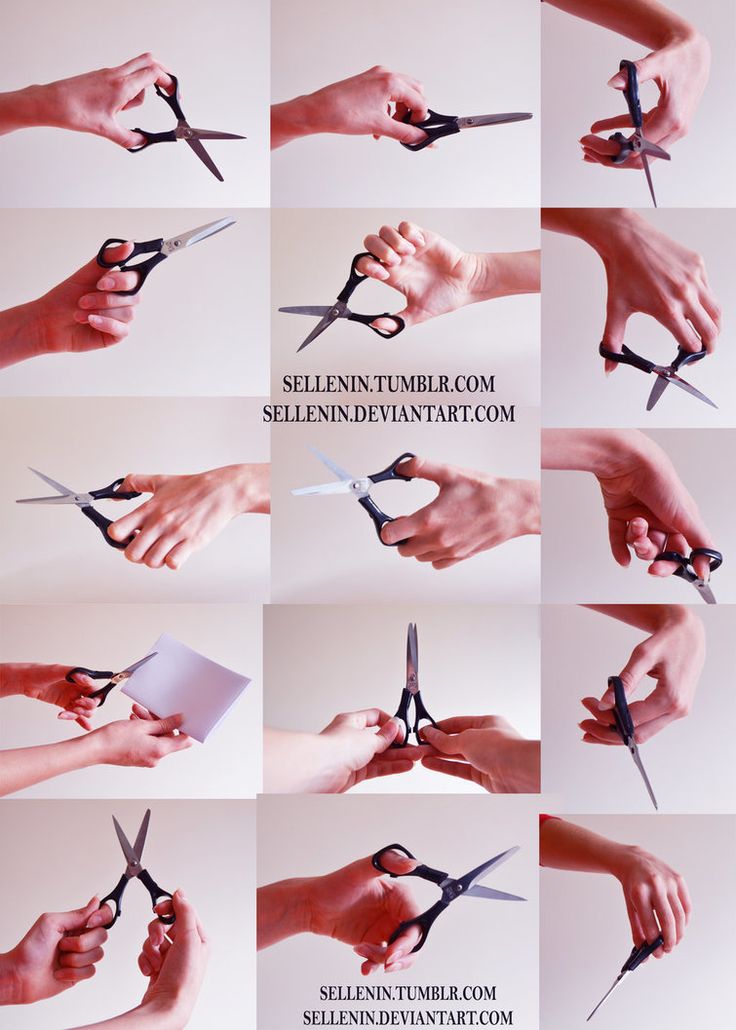
Iya Zorina
Author of Lifehacker, athlete, CCM
Share
0This dance style includes a lot of freedom and improvisation. That is why he is so good. You can master the basic movements in a couple of hours, and then complicate them to infinity and combine them with each other, create your own combinations and spy on others.
Dance in sneakers, socks or barefoot, in any outfit, anywhere.
Master the basic movements of the shuffle
In this style, you do all the basic movements with your feet, the hands most often move freely - according to the heart.
Running man
This is the most basic and essential shuffle movement. You can do it in three different ways.
Full foot
The movement begins by bending the knee and lifting one leg. Next, you need to simultaneously put both legs - supporting and raised - at a distance of one step from each other.
The raised leg is placed forward on a full foot, the standing one behind slips back on the ball of the foot and remains on it - the heel is not placed on the floor. The weight is evenly distributed between the two legs.
After that, it remains to return to the starting position. To do this, the front leg slides back, and at the same time, the back leg is pulled up. You find yourself in the starting position and repeat the cycle. The movement itself is soft and springy: do not stick into the floor, keep your legs relaxed.
Heel
This is a lighter and faster running man look that may be needed for some combinations. Here you put your foot not on the whole foot, but on the heel. At the same time, the one standing behind remains on the toe.
On pads
In this variation, the foot is placed forward on the pad. At the same time, the one standing behind also remains on the ball of the foot, and the body leans slightly back.
T‑step
In this movement, one foot constantly makes a “herringbone” - turns the heel in and out - and the second touches the floor and immediately rises back.
When the heel of the skating leg turns inward, the toe of the other leg touches the floor; when outward, the other leg rises, turning the knee inward.
It turns out two positions: closed - when the legs are wrapped with the knees inward, and one leg is raised, and open - when the legs are turned out with the knees outward, and the toe touches the floor. Practice doing the T-step in both directions: slowly at first, then with acceleration.
Rocking
You jump on one foot, and the other touches the floor in different places: on the side of the supporting leg, across, behind - anywhere you want. You can put your foot on the toe or on the heel - the latter is called a kick. The supporting leg can simply rise low or perform a T-step - move the heel out and in.
Charleston
To begin, you turn your knees and toes inward and lift one leg. Then turn your toes and knees outward, and put your raised leg forward crosswise. Repeat the same with the other leg.
All movement occurs on the balls of the feet, the heels do not fall to the floor. You can move both forward and backward.
Diamond
First you put your feet crosswise with your toes outward with a jump, then you also spread your legs apart with a jump.
Slides
One leg is straight, stands on the whole foot, the other is with a bent knee on the pad. Leaning on the pad, you slip the foot of a straight leg back, as if wiping the sole on the floor.
Immediately after the slip, you turn around. In the turn, the straight leg bends and goes to the pad, and the one that was on the pad, on the contrary, turns on the heel. After that, it remains only to change legs and move in the same way in the other direction.
Scissors
From the starting position - standing with a raised leg, as in Running man - you turn your hips to the side with a jump and put your legs crosswise.
The front foot is on the heel, the back foot is on the ball.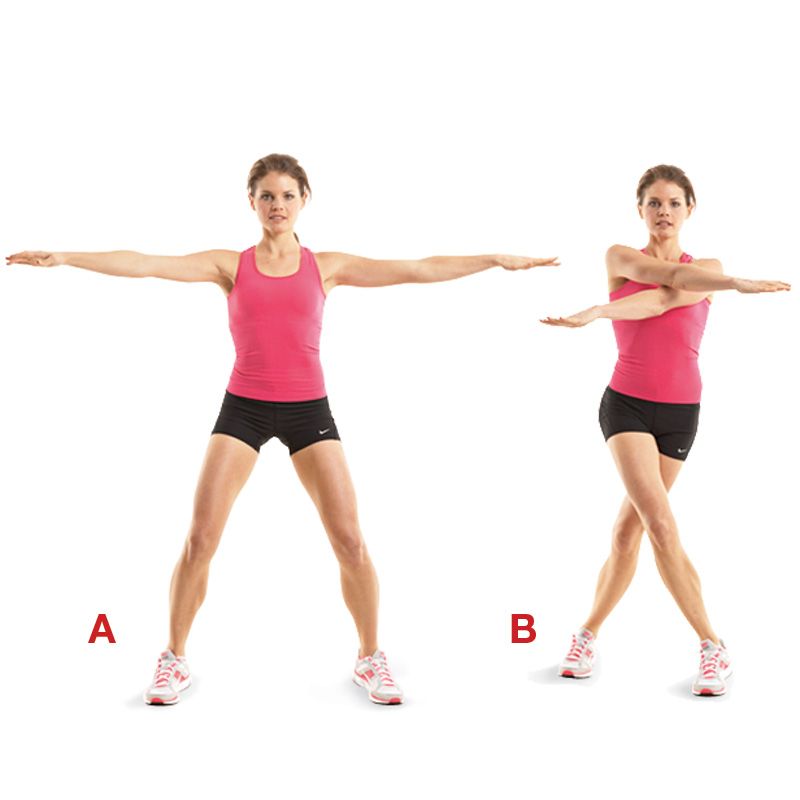 Then you jump back to the starting position and do the same on the other side.
Then you jump back to the starting position and do the same on the other side.
Sidekick
From the starting position, you turn your hips to the side with a jump and spread your legs a step apart from each other. The standing foot in front is placed on the heel, the standing one behind remains on the pillow. Then, with a jump, you collect your legs and do the same on the other side.
Try other variations of the basic shuffle movements
You can perform basic movements in different directions: forward and backward, turning around. This will give you more freedom to improvise.
Variations Running man
Do several times in place and then turn around. You can also try walking this way to the side. Each time the leg will need to be placed slightly crossed in order to slowly move to the side.
Variations T‑step
You can lower your foot on the toe, on the whole foot, touch the floor to the side of the supporting leg or forward and behind it.
You can also keep the other leg off the floor at all - leave it on the toe and turn the knee in and out.
Variations Diamond
Here one more element is added to the movement – the heel strike. In the starting position, you wrap the toes of the feet and knees inward, and then jump on the heels, turning the socks to the sides.
From this position, without jumping, you turn your toes and knees inward, cross your legs with a jump, turning your feet with your toes outward, and then return to the starting position.
Charleston Variations
After three turns of the Charleston, turn both toes in one direction and then in the other. At the end, you can turn the knee to the side.
Combine familiar shuffle moves
While you lack the skills to move freely and come up with something of your own, learn a few combinations. They contain interesting movements that will replenish your dance vocabulary.
Combination 1
This is a simple combination of two basic movements - Running man and T-step.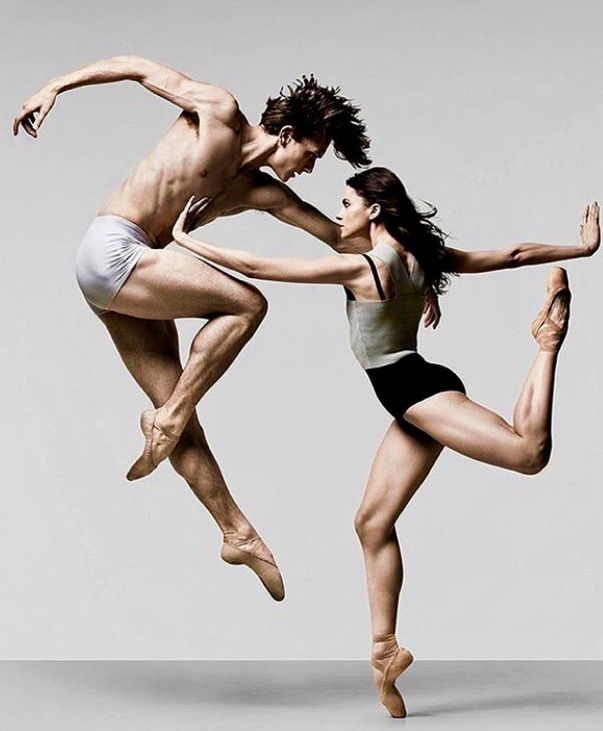 First take five Running man steps, then four T-steps to the side and repeat the same in the opposite direction.
First take five Running man steps, then four T-steps to the side and repeat the same in the opposite direction.
Combination 2
Another combination of two basic movements. Here you do three Running mans, then one T‑step with a back foot touch, and two front heel touch kicks. The same on the other side.
Combination 3
There are no standard steps here, but there are already familiar Sidekick and transition from heels to toes.
Learn more difficult combinations
We will add some videos with good combinations.
1. Cool video for beginners: movements are repeated in slow motion to make it easier to dance to the music.
2. And here the combination is analyzed step by step in slow motion, dividing it into three parts. Very comfortably. Look for more on this channel, there are several such analyzes.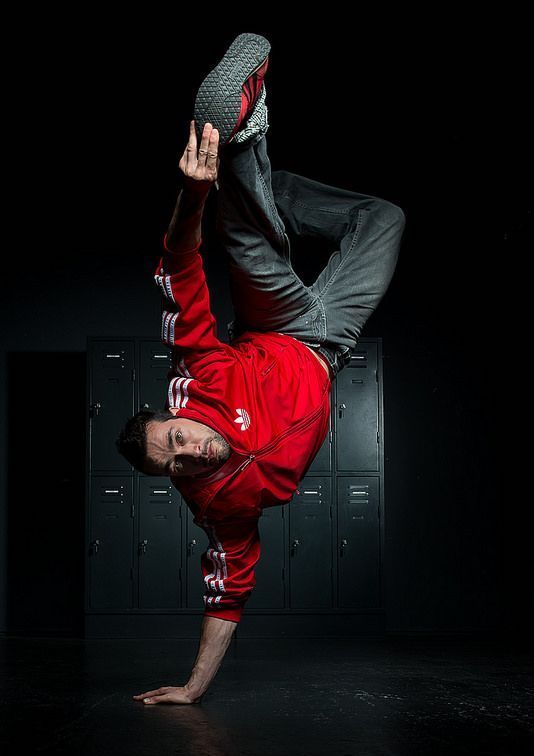
3. There is no slowdown here, just a great combination. But you already know almost all the movements, so you can figure it out. If something is not clear, watch the video at a speed of 0.25.
Pick up the music and improvise
Surely you have favorite songs to shuffle to. Include them and start with basic movements: just do the Running man and periodically add different elements when you want. Move in different directions, relax and have fun.
If you don't have favorite tracks, try our selection.
I must say that the shuffle is an amazing cardio workout. In just a couple of tracks, you will be out of breath and sweat, like after a run, but you will feel absolutely happy!
What's more, if you have to force yourself to keep going while running, shuffle requires you to have the willpower to stop and not dance.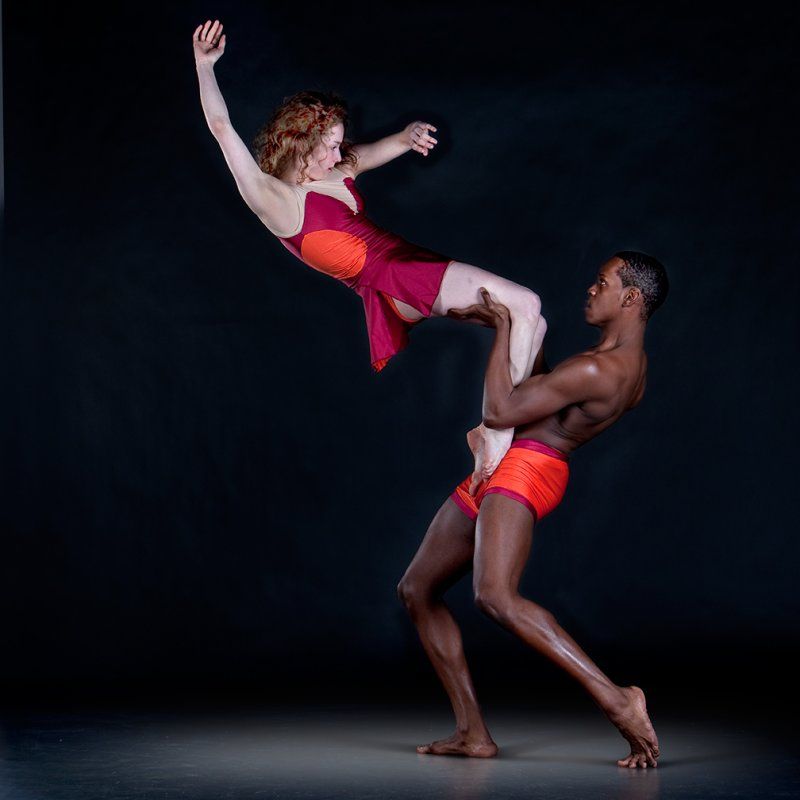 As a bonus - a short video from a beginner after a couple of hours of practice.
As a bonus - a short video from a beginner after a couple of hours of practice.
Shuffle is cool!
Read also 🕺💃🤸♀️
- Dancing as a sport: choosing the right direction
- Dance and movement therapy: how to know and change yourself through movement
- How to learn to dance: video lessons for those who are not afraid to try
- How to learn street dancing without leaving home
- Zumba is a fun way to lose weight for those who love dancing
*Activity of Meta Platforms Inc. and its social networks Facebook and Instagram are prohibited in the territory of the Russian Federation.
How to breakdance for beginners
How to breakdance for beginners- Main
- Blogs
- Home, family, children
- How to break dance for beginners
Breakdance is a successful fusion of styles and dance trends.
 This is a dance, not a broken rhythm, as many might think. This is a skillful improvisation, demonstrating human thoughts to the sounds of music. Although it seems at first glance that breaking dancing is easy, in fact, not everyone will be able to master the dance quickly. After all, to create a complete picture, a real professional needs to perform a lot of different movements, and different in complexity. This dance first appeared in the 20th century in New York. In the seventies, a dance called "Good Foot" originated in the Bronx area, during which the dancer often fell to the floor and performed various beautiful rotations.
This is a dance, not a broken rhythm, as many might think. This is a skillful improvisation, demonstrating human thoughts to the sounds of music. Although it seems at first glance that breaking dancing is easy, in fact, not everyone will be able to master the dance quickly. After all, to create a complete picture, a real professional needs to perform a lot of different movements, and different in complexity. This dance first appeared in the 20th century in New York. In the seventies, a dance called "Good Foot" originated in the Bronx area, during which the dancer often fell to the floor and performed various beautiful rotations. Later, Puerto Ricans took the dance to a new level. They began to apply new dance elements, skillfully combining them with acrobatic tricks. At that time, martial arts were at the peak of popularity, so some elements also migrated to breakdance. Until 1997, this dance was very popular, and not only in the United States. But later, young people stopped paying so much attention to him.
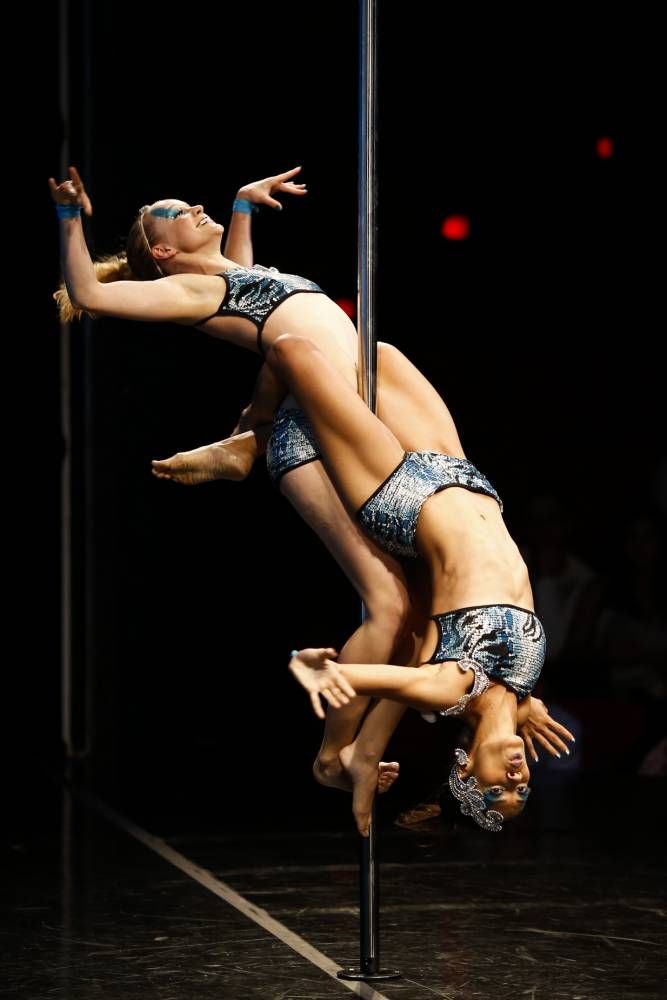 And only in the 2000s, interest in breakdance increased, schools began to appear that taught this type of dance. By the way, you can choose modern dance schools here https://msp.today/hobby/dance/. It is necessary to start all breakdance lessons with a warm-up (photo 1).
And only in the 2000s, interest in breakdance increased, schools began to appear that taught this type of dance. By the way, you can choose modern dance schools here https://msp.today/hobby/dance/. It is necessary to start all breakdance lessons with a warm-up (photo 1). It is best to start the warm-up from the "Toprok" exercise. To do this, we put our feet shoulder-width apart and begin to step to the sides, changing legs alternately. We gradually include hands in the movement. Now we proceed to another exercise: turn on the heels of the legs ninety degrees. We also pay attention to our physical form. We do push-ups, we pull ourselves up and swing our legs and arms. That is, it is necessary to work out all muscle groups daily. Also, when mastering this dance, you need to pay attention to the study of the technique of tricks. You need to constantly train until the ideal result is obtained (photo 2).
Beginners are advised to first learn simple movements, and thoroughly, and only then move on to more complex ones.
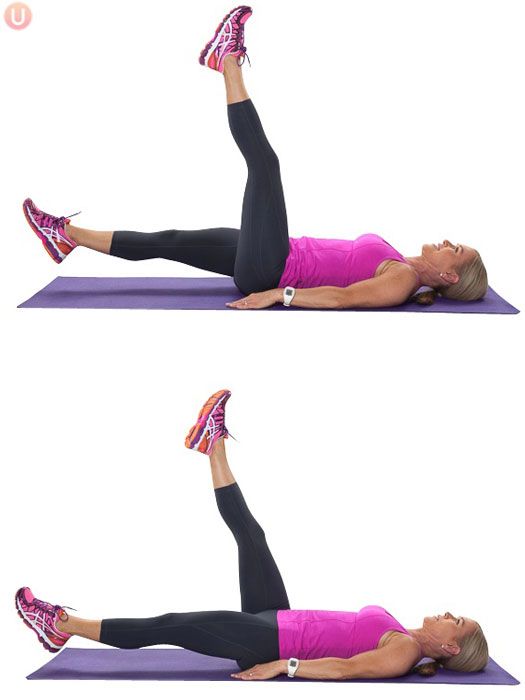 An integral element of this dance is the headstand. At the first stage, it must be done against the wall, with the help of another person. He can support you. It is best to train in a spacious room so that your movements do not get cramped and constrained (photo 3).
An integral element of this dance is the headstand. At the first stage, it must be done against the wall, with the help of another person. He can support you. It is best to train in a spacious room so that your movements do not get cramped and constrained (photo 3). Breakdance includes the following basic elements: footwork (Zulu, swing, spin, 5-step, scrambler), frieze (air baby frieze, tartl frieze, baby frieze), torock (front step, cross step, Indian step). When performing footwork elements, only the legs work. Toprock is an element in which movement occurs from above, and physical is a fading for a few seconds in one position (photo 4).
Start your learning from 6-step. To do this, rest your hands on the floor. Bend your legs at the knees, spread them wider than your shoulders. Then step forward with your left foot, sit down to it, move your left leg to the side, return to its original position (photo 5).
Baby Freeze is suitable for beginners.
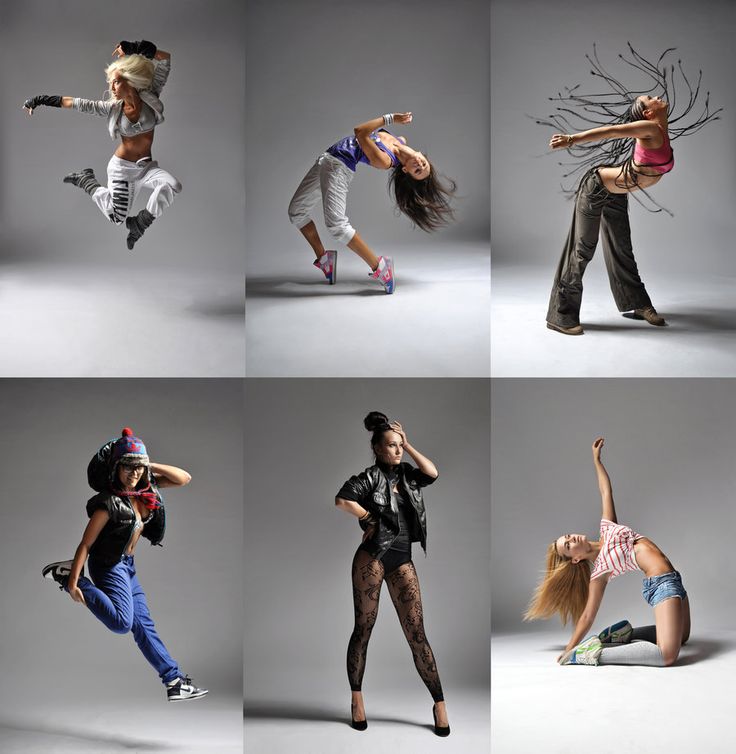 We rest our elbows on the side of the abdomen and put our hands on top of each other. At the same time, we rest our head on the floor. Thus, we create a triangle (its upper point is the head). We make sure that the hands are directed to the sides. We are trying to tear off the legs from the floor and make the “Scissors” movement (photo 6).
We rest our elbows on the side of the abdomen and put our hands on top of each other. At the same time, we rest our head on the floor. Thus, we create a triangle (its upper point is the head). We make sure that the hands are directed to the sides. We are trying to tear off the legs from the floor and make the “Scissors” movement (photo 6). The best way to start learning the elements of a turn-move is from the back-spin. You need to lie on your back so that the pelvis and shoulder blades are off the floor. Try to spin by swinging your legs. If this worked out, then combine with the baby frieze (photo 7).
This is interesting: English language lessons for children Common barberry (photo and description)
Fashion and style
Mouton fur coat: what kind of fur is it, features, how to choose
Top 9 Eyelash Extension Material Manufacturers0003
Manicure design in 2019-2020: fashion trends, review, photo
Yellow gold wedding rings: outdated trend or classic
Manicure fashion trends 2019-2020: overview, photo
Mazda 3: typical breakdowns and malfunctions
Cars from the USA: pros and cons, features of delivery and clearance
Which high pressure washer to choose for a car: an overview of budget models
Features of the choice of kenguryatnikov for cars
Rules for the purchase of used electric vehicles
Cars, motorcycles
Home, family, children
Grills Weber.
